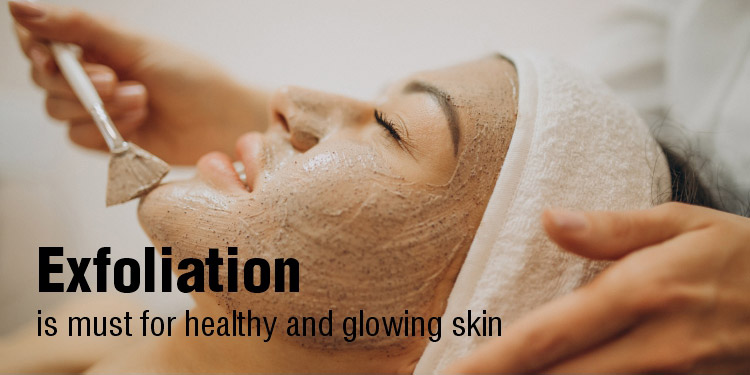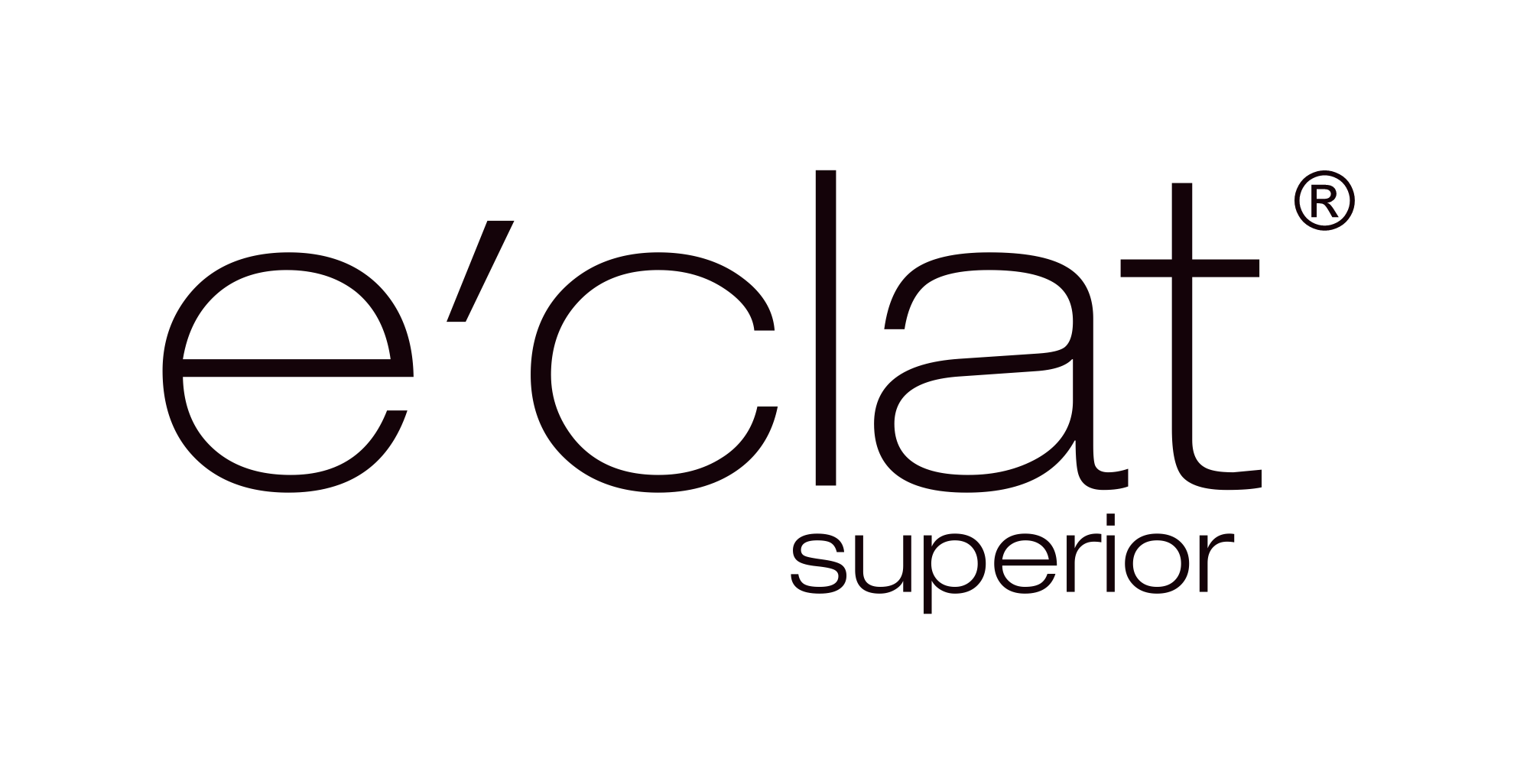
Exfoliation is must for healthy and glowing skin
EXFOLIATION IS MUST FOR HEALTHY AND GLOWING SKIN
Exfoliation is the process of removing dead skin cells from the surface of the skin. It is an important part of any skincare routine, as it can help to improve the texture and appearance of the skin, reduce the appearance of fine lines and wrinkles, and unclog pores. There are many different types of exfoliators available, each with its own benefits and drawbacks. In this blog post, we will explore what is the exfoliation and some of the most popular types of exfoliators.
1. Physical Exfoliators
Physical exfoliators are the most common type of exfoliator, and they work by physically scrubbing away dead skin cells. These exfoliators often contain abrasive particles such as sugar, salt, or ground-up nuts, which help to gently remove dead skin cells. Physical exfoliators can be harsh on the skin, especially if you have sensitive skin or if you use them too frequently. It is recommended that you use a physical exfoliator no more than once a week.
2. Chemical Exfoliators
Chemical exfoliators use acids or enzymes to break down the bonds between dead skin cells, making them easier to remove. There are two main types of chemical exfoliators: alpha-hydroxy acids (AHAs) and beta-hydroxy acids (BHAs). AHAs are water-soluble and work by exfoliating the surface of the skin, while BHAs are oil-soluble and work by penetrating deep into the pores to unclog them. Chemical exfoliators are gentler on the skin than physical exfoliators and can be used more frequently. However, they can be more expensive and may take longer to see results.
3. Enzyme Exfoliators
Enzyme exfoliators work by breaking down the protein bonds in dead skin cells using enzymes. These exfoliators are gentler on the skin than physical exfoliators and can be used more frequently. Enzyme exfoliators are often made with fruit enzymes such as papaya or pineapple.
4. Microdermabrasion
Microdermabrasion is a more intensive form of exfoliation that uses a machine to buff away dead skin cells. It is usually done in a professional setting, although at-home microdermabrasion kits are available. Microdermabrasion can be harsh on the skin and is not recommended for those with sensitive skin.
5. Exfoliating Brushes
Exfoliating brushes are handheld devices that use bristles or silicone nodules to exfoliate the skin. They are gentler on the skin than physical exfoliators and can be used more frequently. Exfoliating brushes can be a good option for those with sensitive skin.
In conclusion, there are many different types of exfoliators available, each with its own benefits and drawbacks. When choosing an exfoliator, it is important to consider your skin type and any sensitivities you may have. It is also important to follow the recommended usage guidelines to avoid over-exfoliating, which can lead to irritation and dryness. With the right exfoliator, you can achieve smoother, brighter, and healthier-looking skin.
